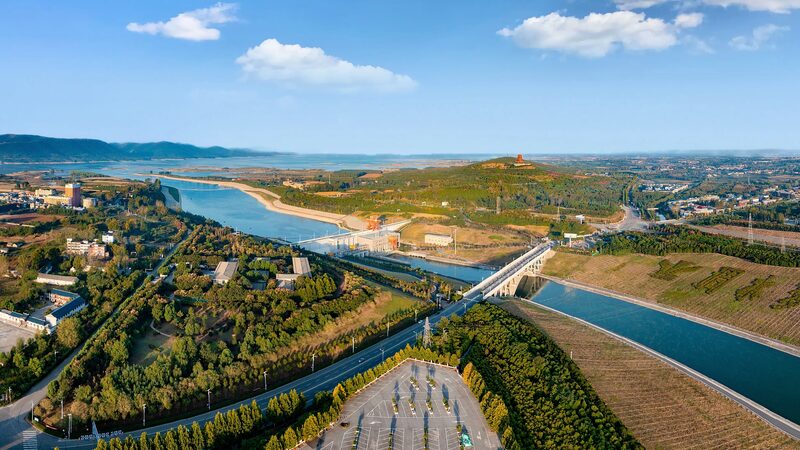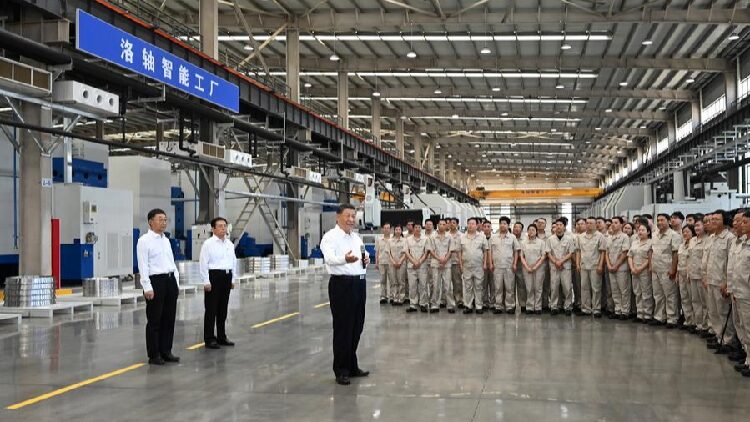In the heart of China, a monumental project is reshaping the landscape and revitalizing cities. The South-to-North Water Diversion Project, now celebrating its 10th anniversary, is delivering water to drought-prone regions, transforming ecosystems, and supporting sustainable development.
In Jiaozuo, a city in Henan Province, the benefits are clear. Since 2014, over 430 million cubic meters of water have flowed into the city from the Danjiangkou Reservoir. This influx has not only addressed water shortages but also enabled a shift from a coal-based economy to a greener, eco-friendly model.
A stunning 10-kilometer green corridor now lines the canal passing through Jiaozuo’s downtown area. This vibrant space offers recreation for residents and plays a crucial role in the local ecosystem. Moreover, more than 60 million cubic meters of water have been dedicated to ecological replenishment, breathing new life into the city’s waterways and surrounding environments.
The South-to-North Water Diversion Project, one of the world’s largest engineering feats, has transferred a staggering 76.7 billion cubic meters of water across China. Over 185 million people in 45 cities benefit from improved water reliability for homes and industries.
The project features three routes—central, eastern, and western. The central route, the most significant, channels water from the Danjiangkou Reservoir through Henan and Hebei provinces to Beijing and Tianjin. The eastern route transports water from Jiangsu Province to regions like Tianjin and Shandong.
Wang Annan, chairman of the China South-to-North Water Diversion Corporation, highlighted the project’s progress. “We must accelerate the development of modern water networks and integrate scientific and technological advancements,” he said, emphasizing collaboration between industry, academia, and research.
Technological innovation is at the project’s core. At the Baoying Pumping Station in Jiangsu Province, digital twin systems have revolutionized water management. Real-time monitoring and control have reduced staffing needs and lowered energy consumption, making operations more efficient and sustainable.
In Beijing, the project has had a profound impact. Once facing severe water shortages, the city now enjoys a more secure water supply. The Chaobai River in Shunyi District, dry for over two decades, flows again thanks to ecological replenishment efforts—a symbol of ecological recovery.
Wu Wenqing, chief planner at the Ministry of Water Resources, stressed the importance of a comprehensive approach to water issues. “Strengthening technological innovation and conducting in-depth research on key technologies will provide solid support for water conservancy projects,” he said.
With over 1 trillion yuan invested in water infrastructure in the first ten months of this year, China’s commitment to advancing the South-to-North Water Diversion Project is unwavering. The project not only supplies water but also fosters ecological restoration and sustainable growth, offering valuable lessons in water management for the world.
Reference(s):
South-to-North Water Diversion Project boosts water supply and ecology
cgtn.com








